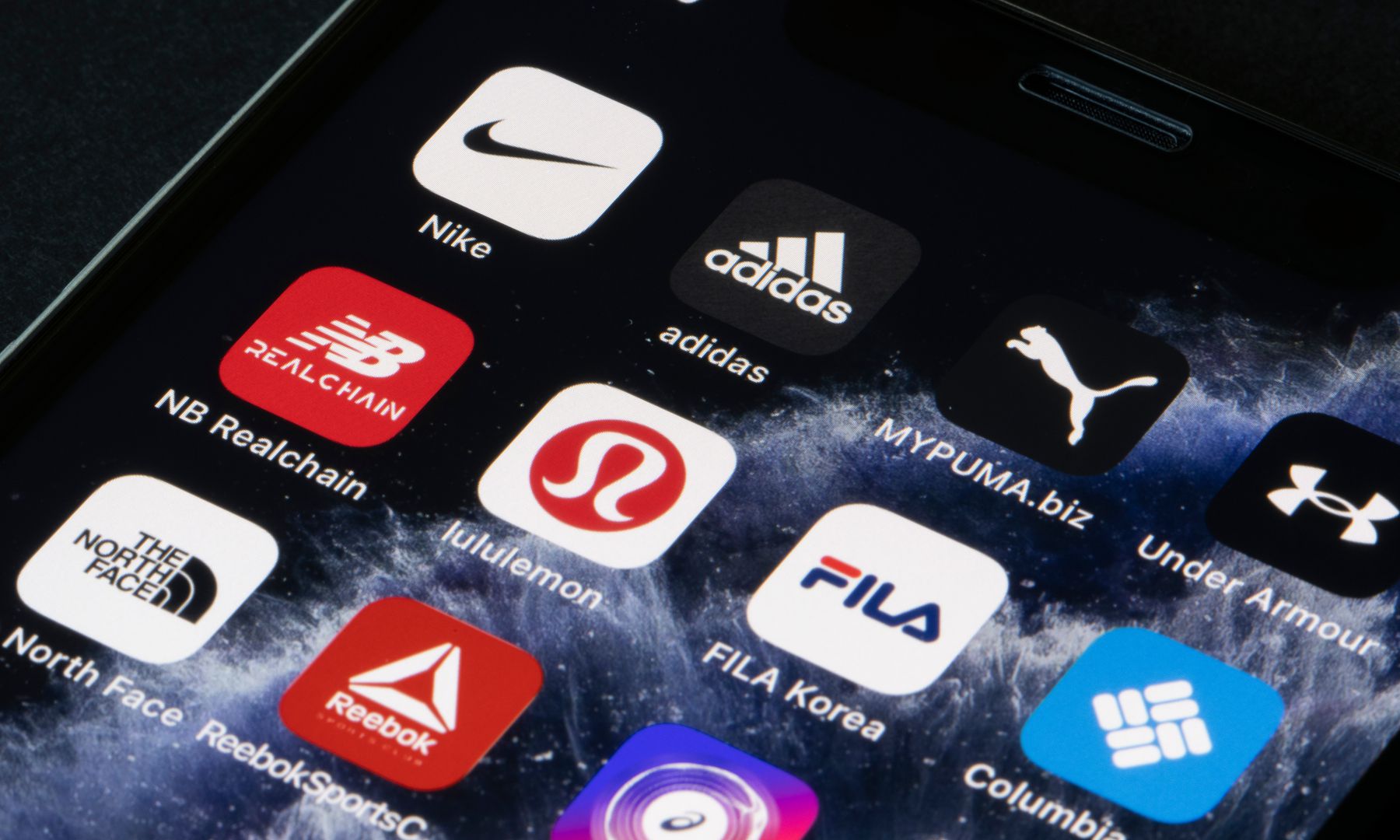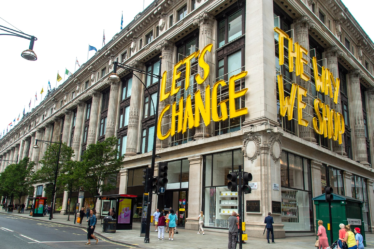
The most notable part of Adidas’ new lawsuit against Nike isn’t that the two giants are battling it out in court again or that patents are at the centre of the matter. It’s the type of technology that’s in dispute.
Adidas filed its suit against its archrival on June 10 in an East Texas federal court, alleging Nike infringed on nine patents, some dating back nearly 20 years. Among them were methods of tracking a user’s fitness activities or creating a training plan. Others related to making online product drops more secure and bot-resistant with a geo-targeted reservation system that had customers pick up their items at a nearby store. A few involved aspects of electronically adjustable shoes.
Fashion businesses commonly sue each other over design patents, which protect the way a product looks. (Trademarks like logos or words identifying a product are another popular area for litigation, as Adidas has proved with its streak of lawsuits against brands using three stripes.)
Legal battles over utility patents covering how products work are far rarer in the industry, according to Barry Lewin, an attorney at the law firm Gottlieb, Rackman & Reisman. But that’s changing as brands use more technology to connect with and sell to customers.
“This is to be expected as the fashion world migrates toward the technology world,” Lewin said.
Utility patents aren’t completely unheard of in fashion and footwear, of course. Sports brands invest heavily in devising new technologies like cushioning and other components they often want to protect. Nike has filed utility patents to guard its Air and Flyknit products and used them to sue Puma in 2018.
But more companies are integrating technology like sensors into accessories to measure health or activity, or using new methods to add benefits to clothing like sun protection, Lewin noted. And as the Adidas lawsuit illustrates, these aren’t the only areas where brands might look to protect their innovations.
In addition to calling out wearable products like Nike’s self-tightening HyperAdapt sneakers, Adidas accused Nike of stepping on its patents with its apps, including Run Club, Training Club and SNKRS, where Nike releases its most-hyped products. (It’s worth noting that Nike has its own patent on an “automatic lacing system.”)
Apps have become important tools for brands to reach customers that are increasingly living on their phones, and Adidas’ apps haven’t generally been as popular as Nike’s. Nike’s main retail app is currently the number eight shopping app on Apple’s iOS in the US, according to intelligence platform Apptopia. SNKRS ranks at 27 and Adidas’ equivalent, Confirmed, at 34.
As of February, SNKRS also had more than 2.5 times as much market share based on monthly active users as Confirmed among the leading sneaker apps.
With brands looking to technology to help them engage customers, battle bots, provide new ways to virtually try on clothes and generally offer better experiences online, more seem likely to try to patent any new methods or systems they come up with that can provide them with a competitive advantage.
Fashion’s entry into NFTs and web3 isn’t about to change the dynamic. It will put more emphasis on technology. Again, look at Nike: back in 2019 it filed a patent for blockchain-linked shoes it dubbed CryptoKicks. At the time, the news prompted RTFKT, which was just getting started, to consider abandoning its path into sneaker NFTs, though it stayed the course and was acquired by Nike last year.
One lingering question about the new lawsuit is why now? Some of these patents are many years old and Nike’s allegedly infringing products aren’t new either. Lewin pointed out that patents last 20 years, so the oldest are approaching their expiration date. Adidas could be taking action while it still can. He also noted that companies usually try to settle these matters out of court first. Perhaps they reached an impasse.
Adidas did not return a request for comment and Nike said it doesn’t comment on pending litigation.
Whatever the reasoning, it will hardly be the last case of a clothing and footwear company suing another over how its products work, and not just how they look.



